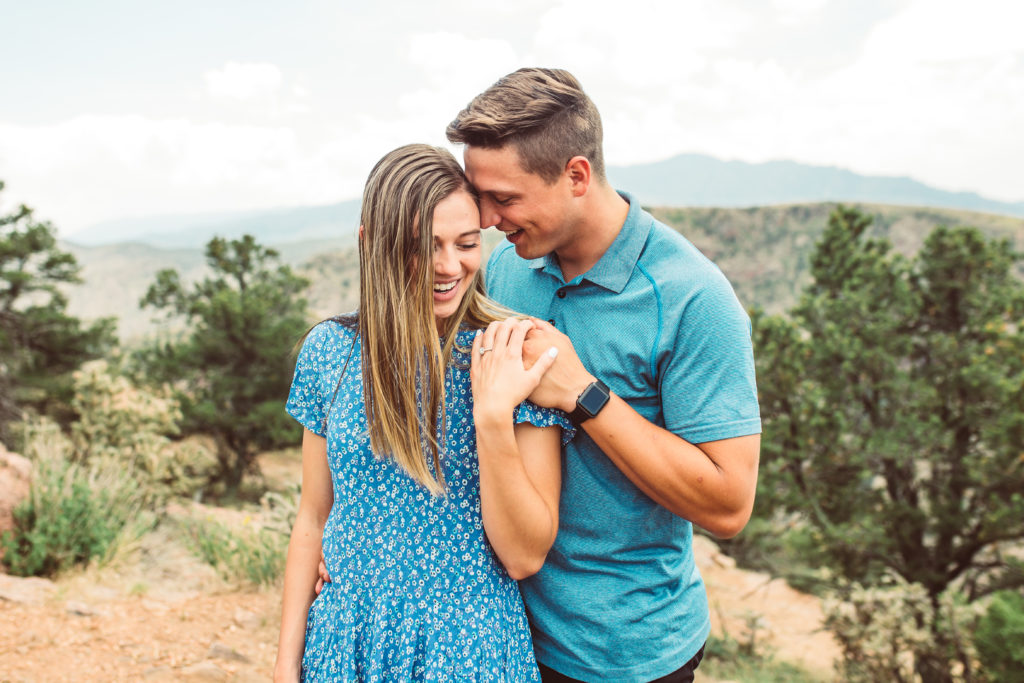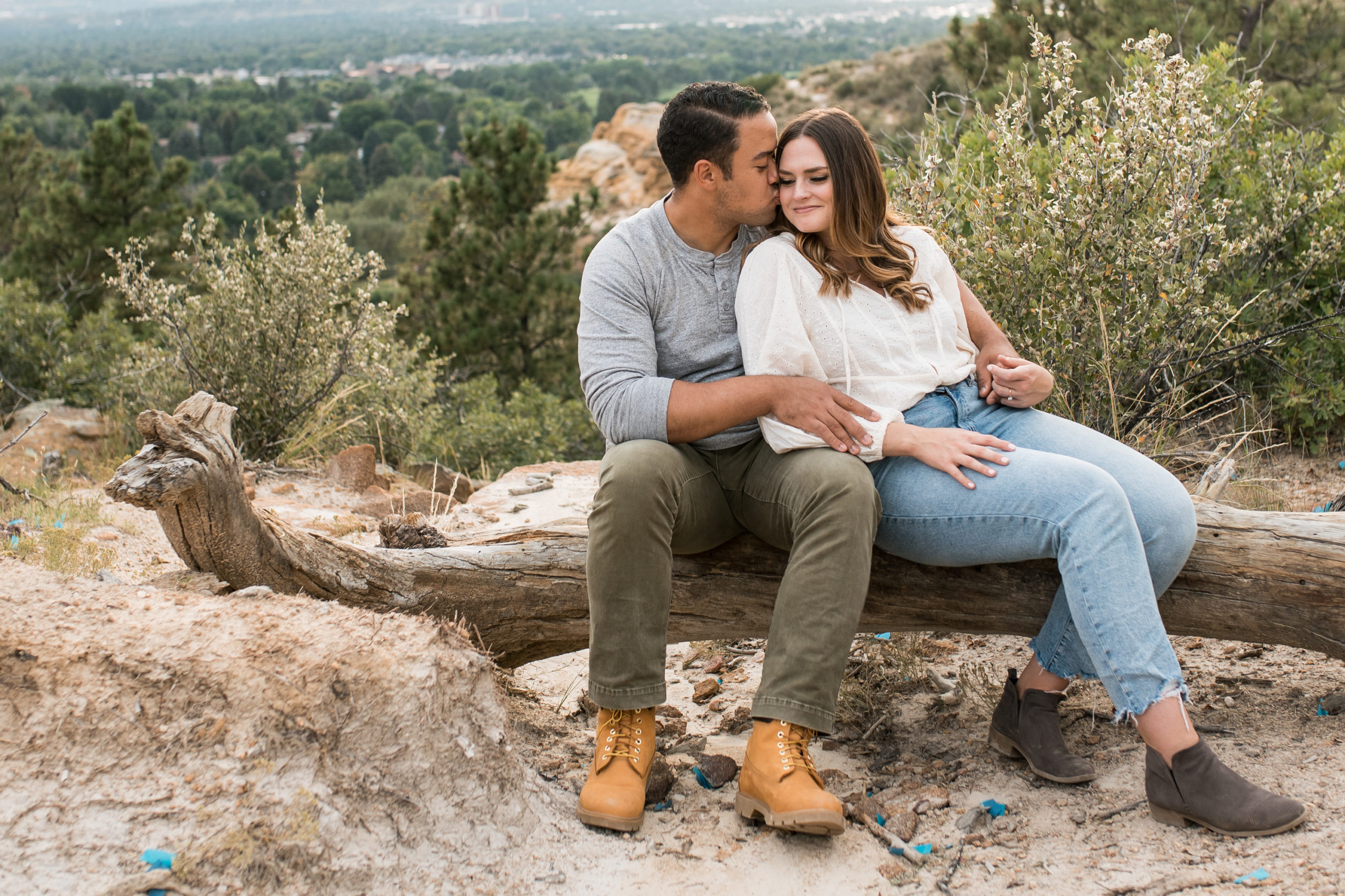Tips for Successful Location Scouting
Five Questions to Ask when Outdoor Location Scouting
It’s easy to gravitate to what we know. From buying the same shirt in four colors to always ordering the same thing from Starbucks, there’s comfort in the familiar. The same goes for photographers. It’s easiest to revisit the same locations — the ones we know will work well based on the time of day and lighting. But it’s important that we stretch our creativity. One way to do that is to push yourself to find new photo locations in our area. That’s where location scouting comes in.
Location scouting can start as simple as taking a drive or dropping a pin when you stumble on a beautiful spot. Once you have a list of new spots, go on some more focused visits. Your goal is to understand how the space matches your needs. Then, document the details!
Start Organized
It can be difficult to remember every detail from every location scouting trip, so create a library of notes for future sessions. I like to keep everything in one place, so I use the “notes” app on my phone. I have a section specifically for location scouting, and each new location gets its own note that starts with the address, plus date and time of my visit. Then I write down a few quick facts:
- Is it crowded at the time I’m there?
- What is the temperature like?
- What type of shoes are needed?
- Where is the closest restroom or changing area?
- Can you bring dogs?
- Are there any off-limit spots?
- Is a permit required?
- If the client requested a specific view, does this scenery match what they asked for?
Instead of meeting new clients at the same old places, change it up! But before doing so, make sure you know your stuff about the new spot. In addition to the more obvious questions above, here are five questions to ask yourself when scouting outdoor locations.
1. How will light affect your location?
Most photographers prefer to meet clients at sunrise or sunset, but sometimes we don’t have that type of control; sometimes we have to photograph in the middle of the day when light is the highest and harshest. When scouting areas for an outdoor photo shoot, consider how the light will change throughout the day. Visit the same location at different times of the day to see how the light will change. Take sample photos with the equipment you’ll use for the session, and afterwards, evaluate if the light will turn more harsh overhead or become blocked by trees. As John Berger said, “What makes photography a strange invention is that it’s primary raw materials are light and time.”
Pro tip: download an app like Sun Seeker to see how the sunlight will change hour by hour.
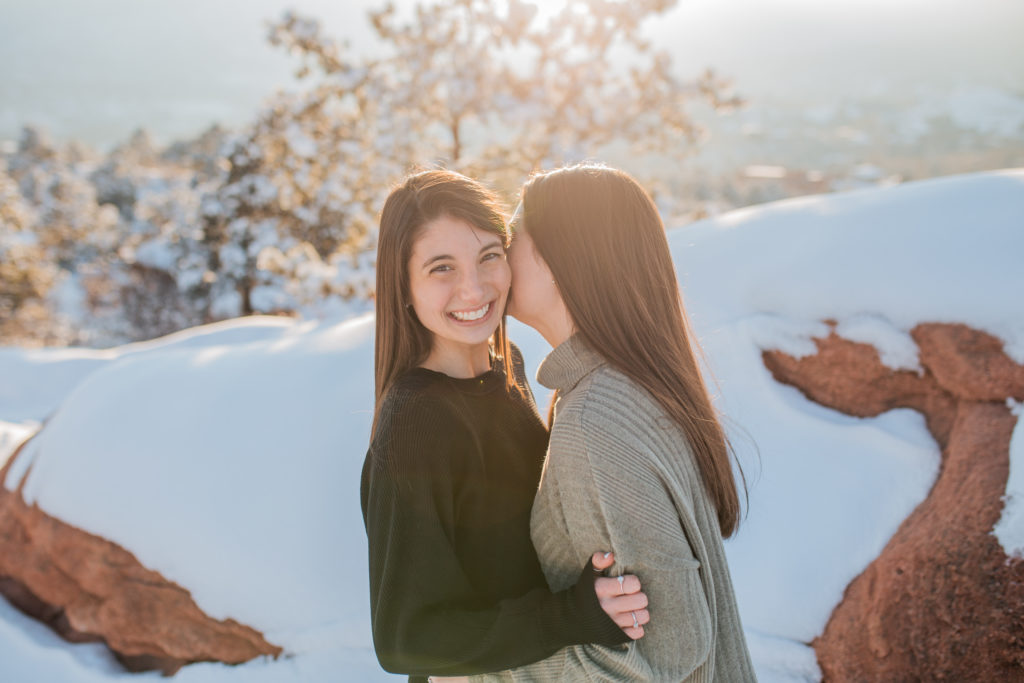
2. What obstructions are in the way?
Nothing is more frustrating than taking a beautiful photo only to later notice the bright neon sign in the background. Before deciding on a location, think through the logistical aspects of the location. Are the signs, poles, plants, and light fixtures avoidable? Are they distracting? Other challenges can be areas that seem really pretty, but maybe difficult to walk to. That said, American photographer and contributor to National Geographic, Joe McNally reminds us, “Don’t pack up your camera until you’ve left the location.” You never truly know what you’ll see or find.
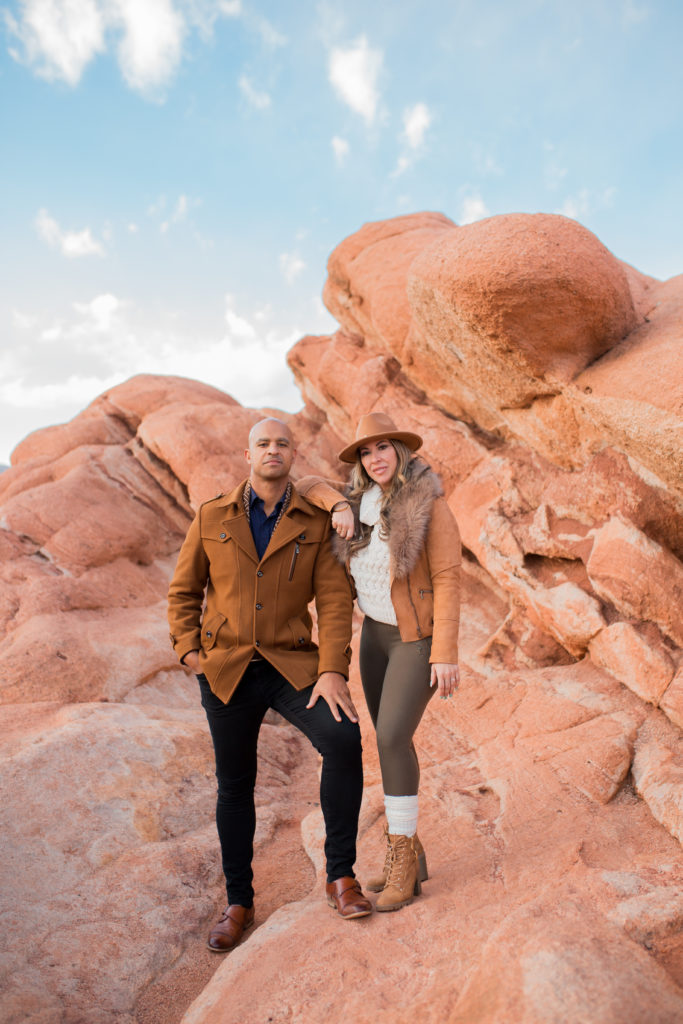
3. What is accessibility like?
You have a particularly stunning spot in mind, but does it align with your clients’ accessibility needs? Accessibility needs are great information to collect before planning a session, and it’s always smart to have several accessible spots on your locations list. If clients cannot walk long distances, be near a parking lot with a short walk to a location. Or maybe you’ve been on a beautiful hiking trail, but it would require hiking shoes rather than heels. If you have an adventurous idea, check with your client first and see what they think before making a decision.
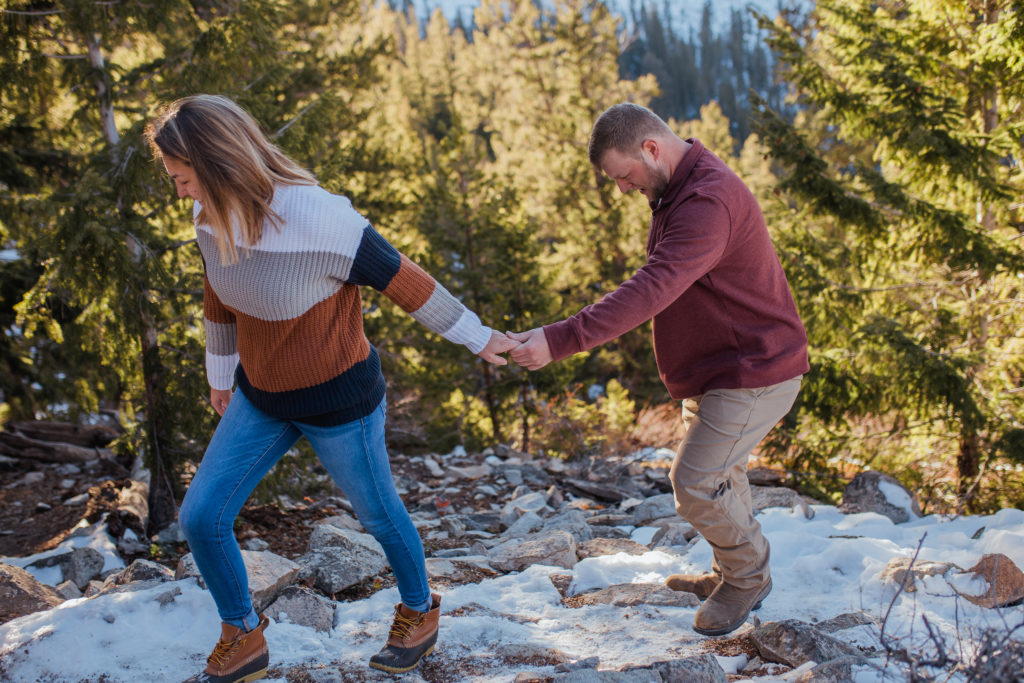
4. Is it easy to find?
Avoid choosing a location that doesn’t have a parking lot, or worse yet, is challenging to find on a map. It’s important to “pin” the location and then share it with your clients ahead of time. You can also screenshot the location on a map and send the photo to give a visual representation. This will help immensely when you’re communicating where to meet for the session.
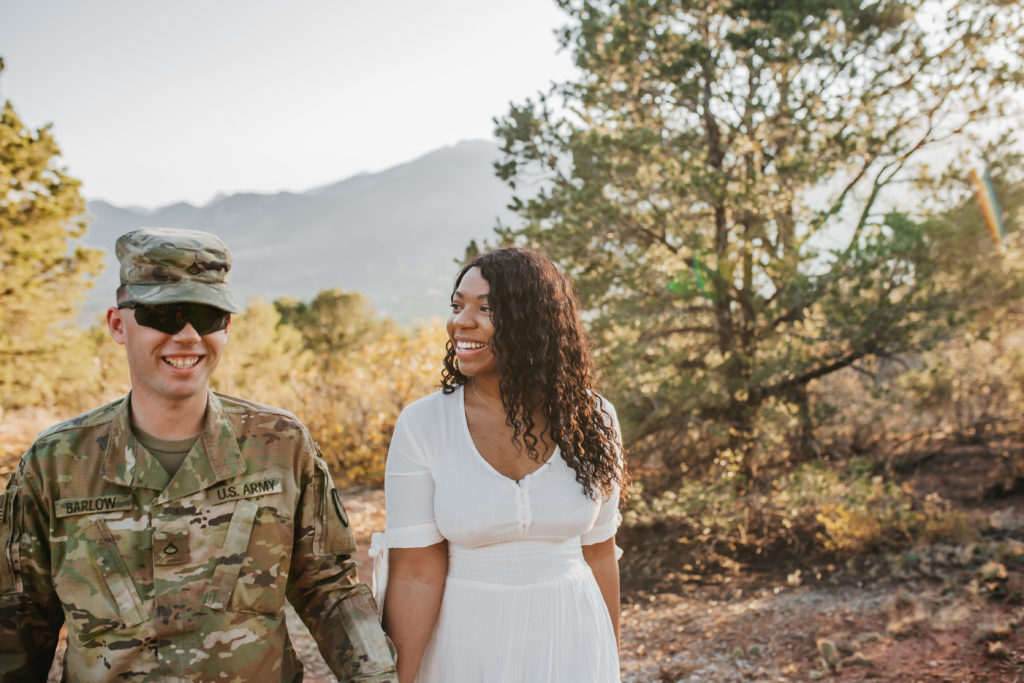
5. Does your contract cover the time needed for the photo session?
If you’ve picked a spot that requires extra travel time to the session, you should factor that into your billing. I’ve taken couples to locations on hiking trails, and the time we spent walking to the location ended up being double the time of the photo session. But along the way, we took more shots from different viewpoints, and they got more photos than they signed up for. Going to these off-the-grid locations are so worth it, not only as the photographer, but for the couple. But it’s important to remember your time is valuable: be sure to allocate in your contract appropriate pricing if the session is going to take more time and effort on your end.
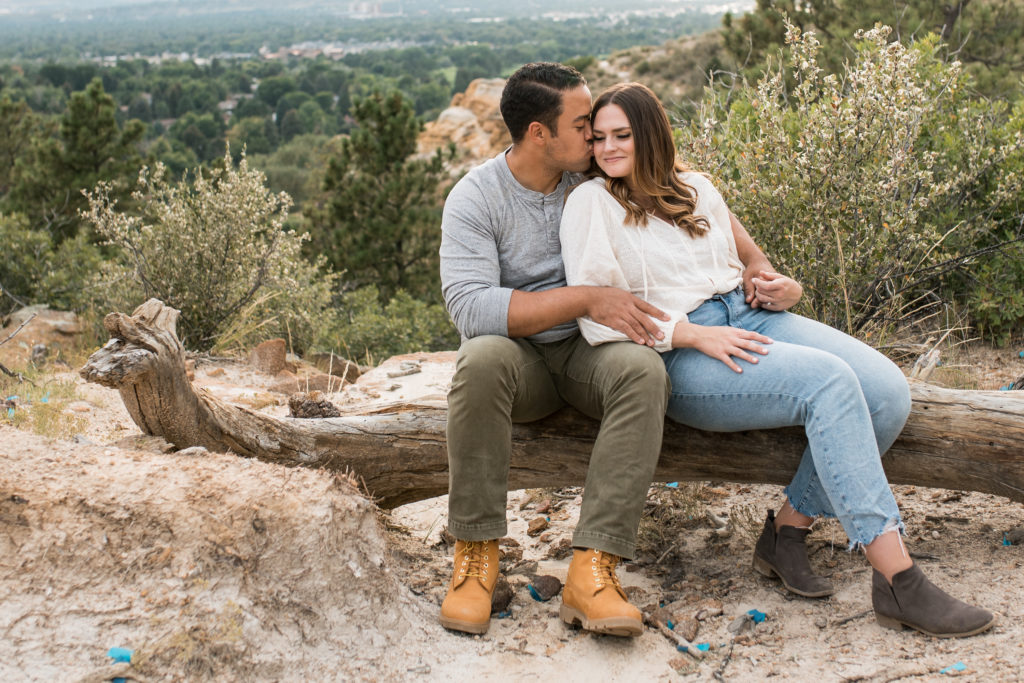
Bonus Tip: Time is Money!
Location scouting takes time and resources from you. Keep that in mind the next time you put together your portrait packages. And a biggie: always remember to write off the mileage and parking as business expenses for your annual taxes!
